Best enclosure or cubicle for your shower
Whether you choose a separate shower enclosure or shower over the bath, the shower itself is often considered the focal point of the bathroom – the place to relax or to be revived. As a sensory sanctuary, there are many elements to think about, most of which; type of power, shower tray and shower head, bathroom-compare.com has written about in previous blogs. This month the final part of the jigsaw, the type of enclosure or cubicle, is the subject of our blog.
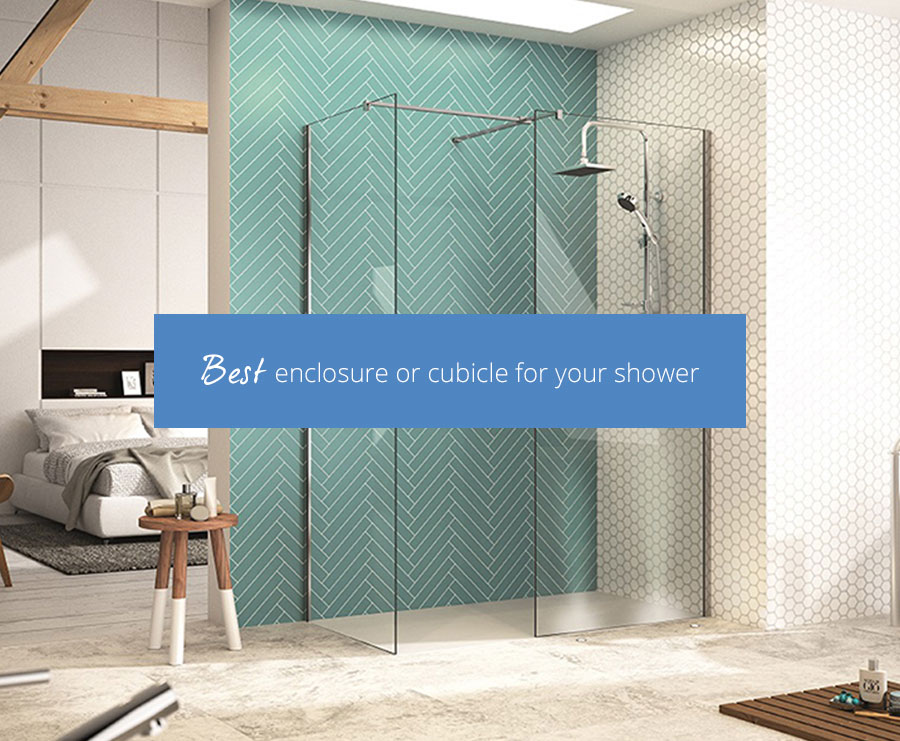
Customers are spoilt for choice when it comes to the sheer number of shower enclosures available. No matter what the size or shape of your bathroom, it is highly likely that there is a shower enclosure out there that will fit. Shower enclosures range from a compact 700mm for a small guest bathroom or ensuite, to a luxurious 1600mm for a three-sided shower enclosure and walk in wet room.
Once you have measured up and decided upon size, the next decision is shape. The shape will be dictated by the shower tray you choose. These also vary from a standard square shape to a rectangular or quadrant. If your bathroom is more geometric in design, then a square or rectangular tray is ideal. To add softness to your bathroom design, then a quadrant tray together with an offset quadrant enclosure is better suited.
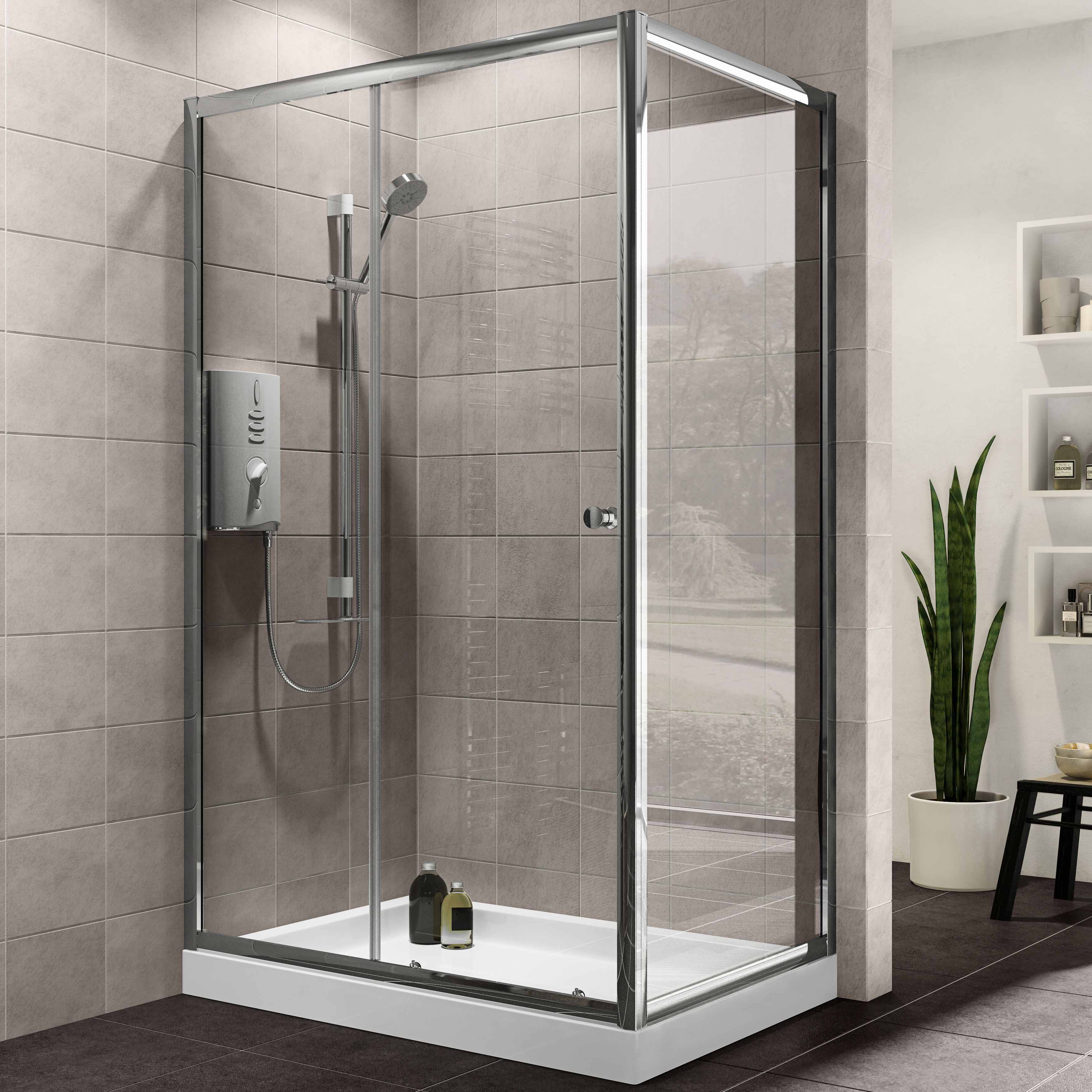
Most bathrooms or ensuites are designed with the shower in the corner as this is generally the most space efficient position. However, more and more showers are being installed into a recess or located centrally along a wall making more of a statement. If using a recessed area, then only a shower tray and doors are needed.

Cubed, quadrant and offset-quadrant enclosures all work well with a corner shower – they fit neatly and look stylish. A quadrant enclosure works equally as well but also provides a sense of generous showering space thanks to its gentle curved front. If space is not a problem, then large sliding doors and walk in wet rooms can create an impressive and dramatic shower space. Walk-in showers differ in that they are more of a showering area as opposed to an enclosed unit. They usually feature just one glass panel which separates it from the rest of the bathroom, with no door. Walls and floors for walk-in showers must be fully waterproofed, as with wet rooms.
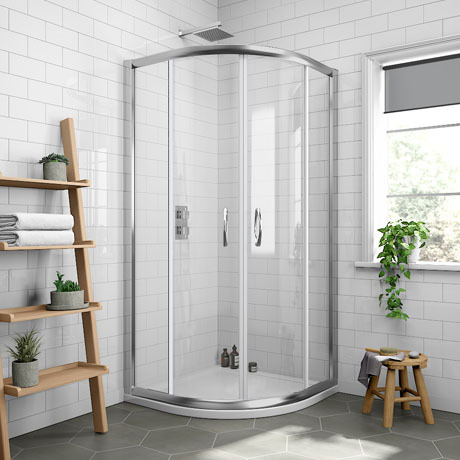
If you are worried about damaging or having to replace tiles, then a free-standing shower cubicle is an alternative worth considering. One-piece cubicles usually come in kit form and are easy to install. They are placed on the bathroom floor, connected to the water supply and the drain. Integral cubicles come with a variety of different options which can include a jacuzzi function - strategically positioned jets of pressurised water to massage your body.
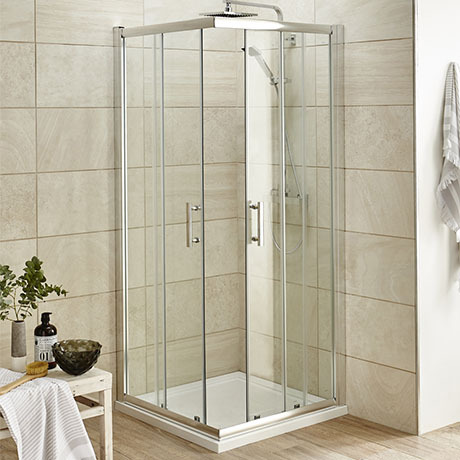
Key to any shower enclosure or cubicle decision are the doors. Shower doors can either swing outwards, swing both ways, fold inwards or slide along runners. Pivoting shower doors are easy to open and hence practical but require a large clearance space. Sliding shower doors, unlike their pivoting counterparts, do not need any clearance (the panels overlap when open); but they can be problematic to maintain (choose removable sliding doors to facilitate cleaning). Swing doors consist of two half-doors opening inwards and/or outwards. Hinged doors avoid the need for a large amount of clearance in front of the cubicle and limit splashing outside the shower, however, an anti-splash gutter is recommended.
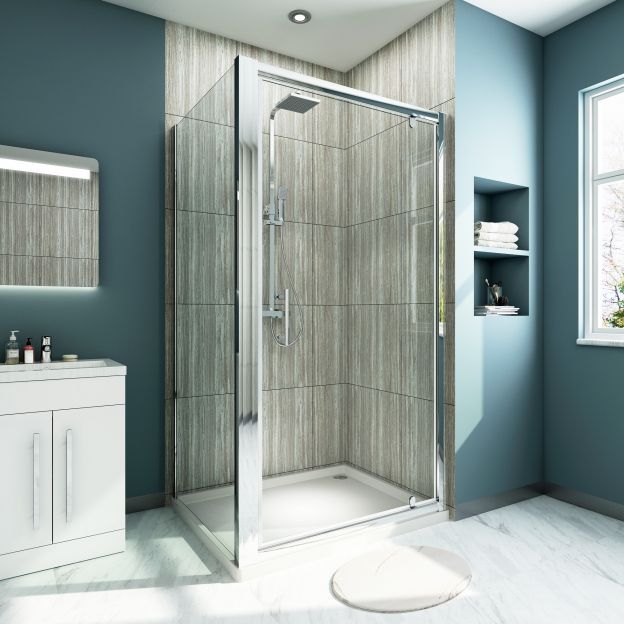
Plenty of food for thought when planning your new shower!
14th Dec 2020The Compare Network
Copyright – Insight Retail Group Ltd 2025 All rights reserved